As food prices continue to rise and supply chain disruptions become more common, stocking up on essential pantry items is becoming a smart financial move. Some products that seem abundant today could become scarce or far more expensive in just a few years. Economic instability, climate change, and shifting global demands are already making certain foods harder to find or afford. Here are some pantry staples you’ll wish you had stocked up on before 2026.
1. Cooking Oils
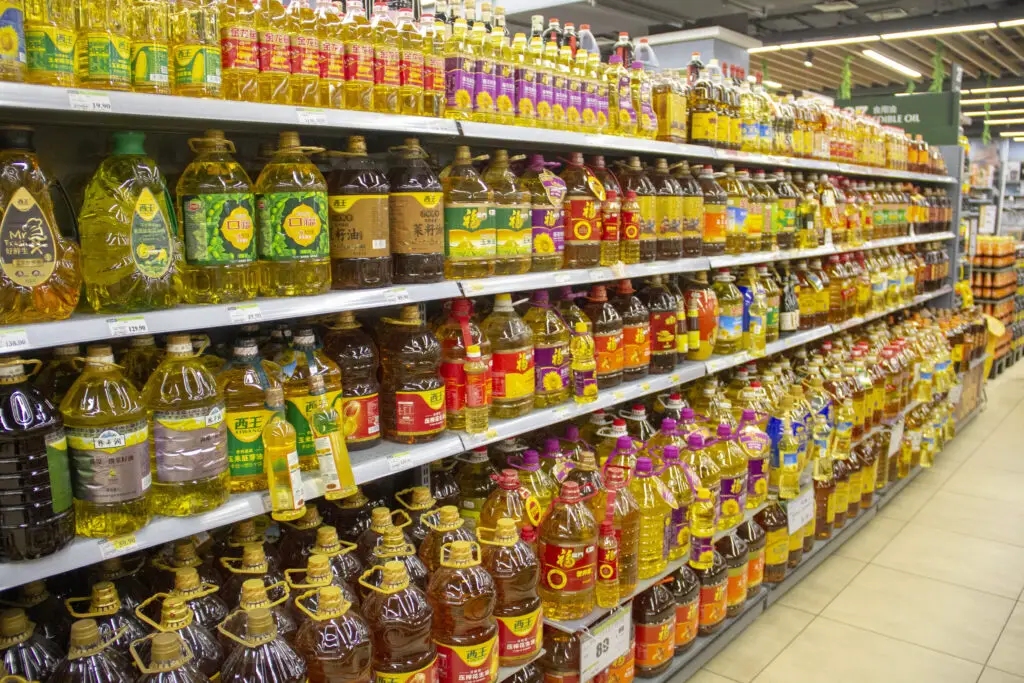
Vegetable, olive, and coconut oils have seen price surges due to poor harvests and global transportation issues. The demand for these oils continues to grow, while unpredictable weather patterns make crop production less reliable. Many consumers don’t realize that cooking oils have a long shelf life when stored properly, making them an excellent bulk purchase. Buying extra now could save you from paying significantly higher prices down the road.
At-home cooking trends have also increased oil consumption, driving up costs even further. Certain oils, like extra virgin olive oil, are particularly vulnerable to price fluctuations due to reliance on Mediterranean growing conditions. Sunflower and soybean oil, commonly used in packaged foods, have also been impacted by global shortages. Keeping an ample supply of your favorite cooking oils ensures you won’t have to compromise on flavor or quality.
2. Flour and Baking Supplies
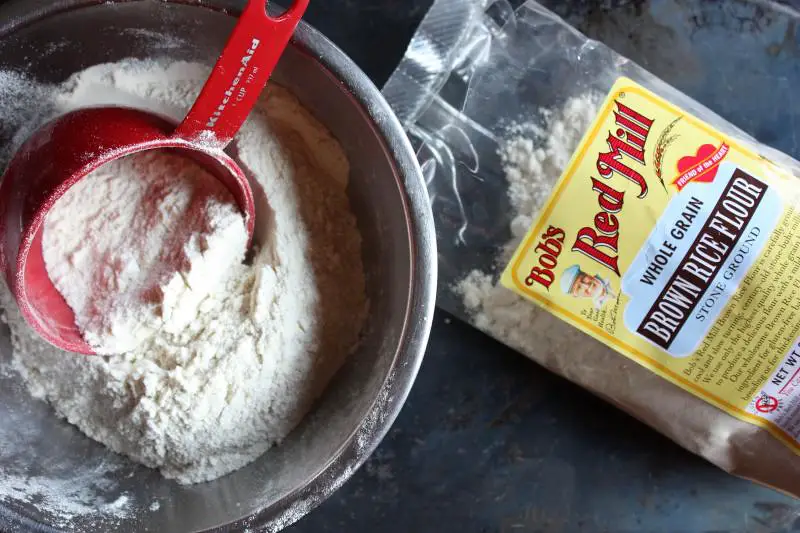
Flour, sugar, and baking powder may seem like grocery store staples, but their availability isn’t guaranteed. Wheat crops are being affected by extreme weather, which has already led to shortages and rising prices. During uncertain times, people tend to bake more at home, making flour and yeast harder to find. Stocking up now means you won’t be caught off guard when these essentials become expensive or scarce.
Beyond wheat shortages, sugar production has also taken a hit due to droughts and declining sugarcane yields. Meanwhile, yeast production has struggled to meet demand, especially when home baking surges in popularity. Many people learned during past disruptions how quickly baking supplies can vanish from shelves. A well-stocked pantry ensures you can always make bread, pastries, or emergency meals when needed.
3. Rice and Pasta

Rice and pasta are affordable, shelf-stable staples that provide essential carbohydrates. However, rice production has been impacted by droughts and export restrictions, causing price increases. Pasta, which relies on wheat, faces similar challenges, making it another item that could become more expensive soon. Buying these items in bulk now could help you avoid spending extra later.
Rice shortages have already hit certain regions, with some countries limiting exports to stabilize local prices. Pasta manufacturers are struggling with wheat price volatility, leading to reduced production or smaller package sizes. Consumers who rely on these items as meal staples may find themselves paying much more in the coming years. Having a steady supply in your pantry ensures you won’t have to worry about rising costs or limited availability.
4. Canned Vegetables and Fruits

Canned goods offer a convenient way to keep fruits and vegetables on hand without worrying about spoilage. With fresh produce prices rising, canned alternatives provide an affordable and long-lasting option. Many people overlook the importance of canned goods until they become difficult to find, as seen in previous supply chain disruptions. Having a variety of canned vegetables and fruits ensures you always have access to nutritious meal additions.
Certain fruits, like peaches and pineapples, have seen price spikes due to extreme weather affecting harvests. Vegetable shortages can also occur when fresh supply chains are disrupted, making canned options a crucial backup. With food inflation showing no signs of slowing, having a well-stocked pantry of canned goods can save you money. Plus, they require no refrigeration, making them perfect for emergency preparedness.
5. Dried Beans and Lentils
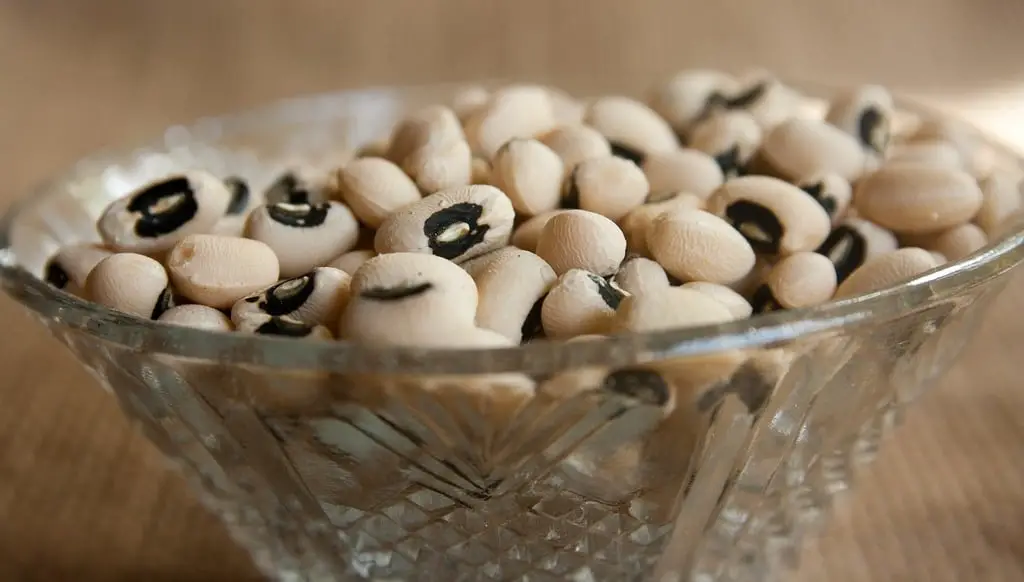
Beans and lentils are protein-rich, long-lasting pantry staples that have remained relatively affordable. However, global demand for plant-based protein sources is growing, which could push prices higher. Climate issues have also affected legume crops, leading to occasional shortages. Stocking up on these versatile ingredients ensures a steady supply of affordable, nutrient-dense meals.
Beyond price concerns, supply chain disruptions have made it harder for some stores to keep certain beans in stock. Lentils, in particular, have seen fluctuating availability due to increased international demand. Since they store well in airtight containers, buying in bulk is a cost-effective strategy. With proper storage, these items can last for years, providing a reliable food source during uncertain times.
6. Shelf-Stable Milk Alternatives
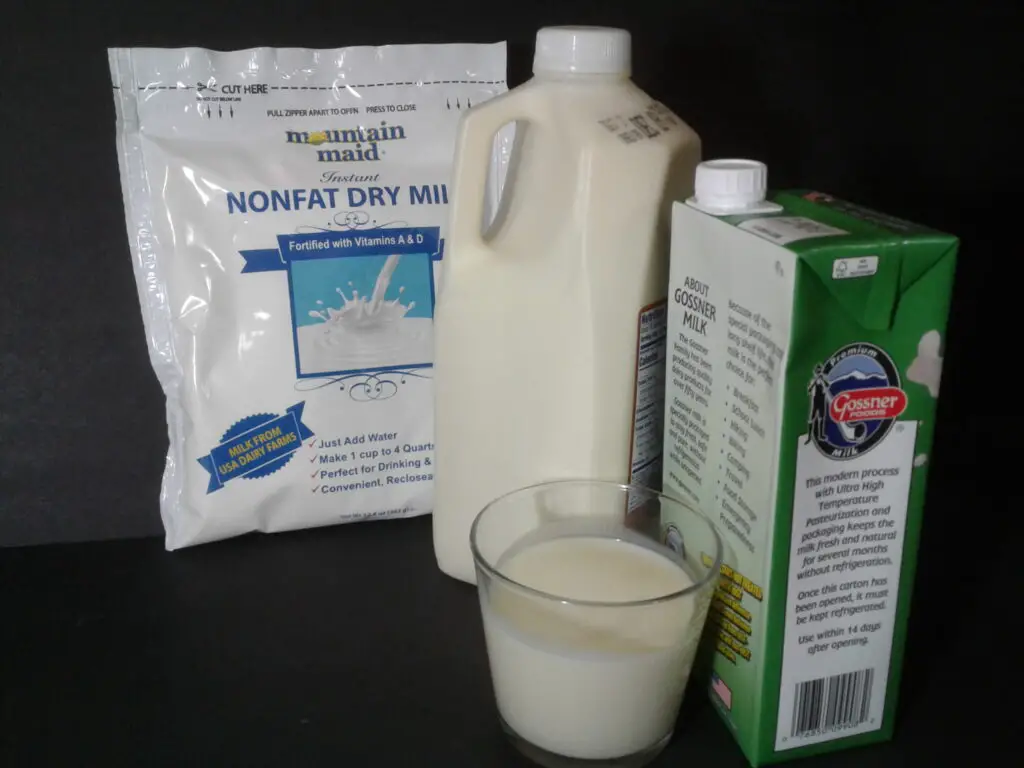
Dairy prices continue to climb, making shelf-stable milk alternatives a great long-term investment. Almond, soy, and oat milk can be stored for months, making them a reliable backup for fresh dairy. With increasing demand for plant-based options, prices could rise significantly in the coming years. Stocking up now ensures you always have a milk alternative available.
Dairy production is also impacted by environmental regulations and fluctuating feed costs. This makes traditional milk even more expensive, pushing more consumers toward non-dairy options. As plant-based milks become more mainstream, shortages could lead to supply chain bottlenecks. A well-stocked pantry with shelf-stable cartons ensures you’re always prepared.
7. Coffee and Tea
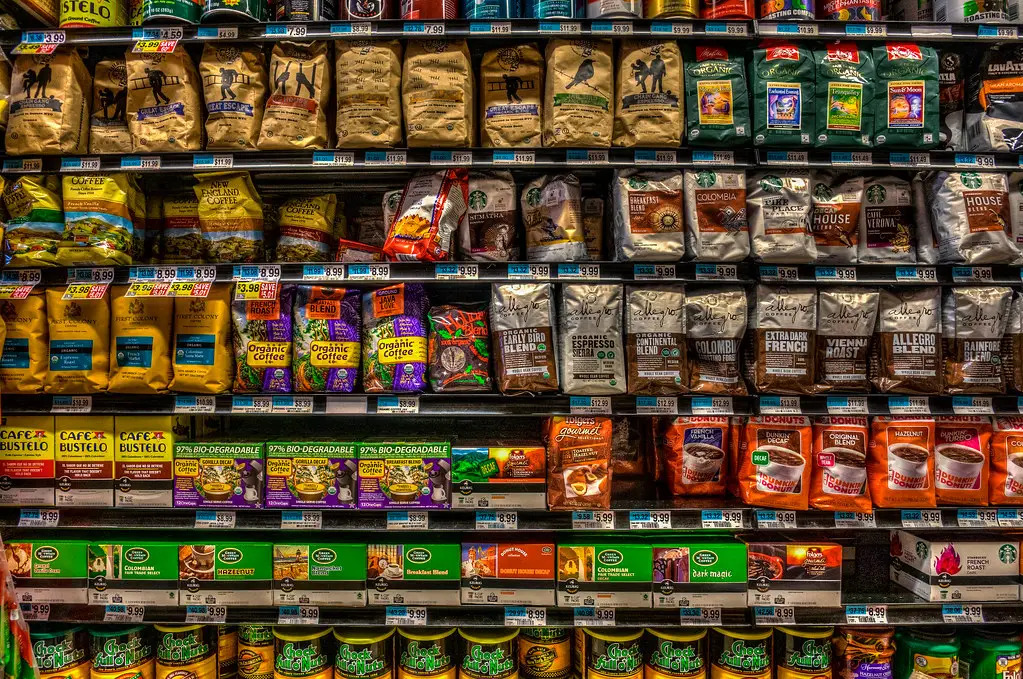
Coffee and tea prices have surged due to climate change and labor shortages in major producing countries. Arabica coffee beans, in particular, have been hit hard by extreme weather conditions. Tea production has also struggled to keep pace with demand, leading to higher costs for consumers. Buying in bulk now can prevent future sticker shock.
With coffee-growing regions facing persistent droughts, experts predict even steeper price hikes in the future. Meanwhile, specialty teas are seeing limited supply, driving up costs for premium varieties. If coffee is part of your daily routine, a well-stocked supply can save you from price spikes. Sealed coffee and tea bags can stay fresh for months, making them easy to store.
8. Canned and Dried Meat
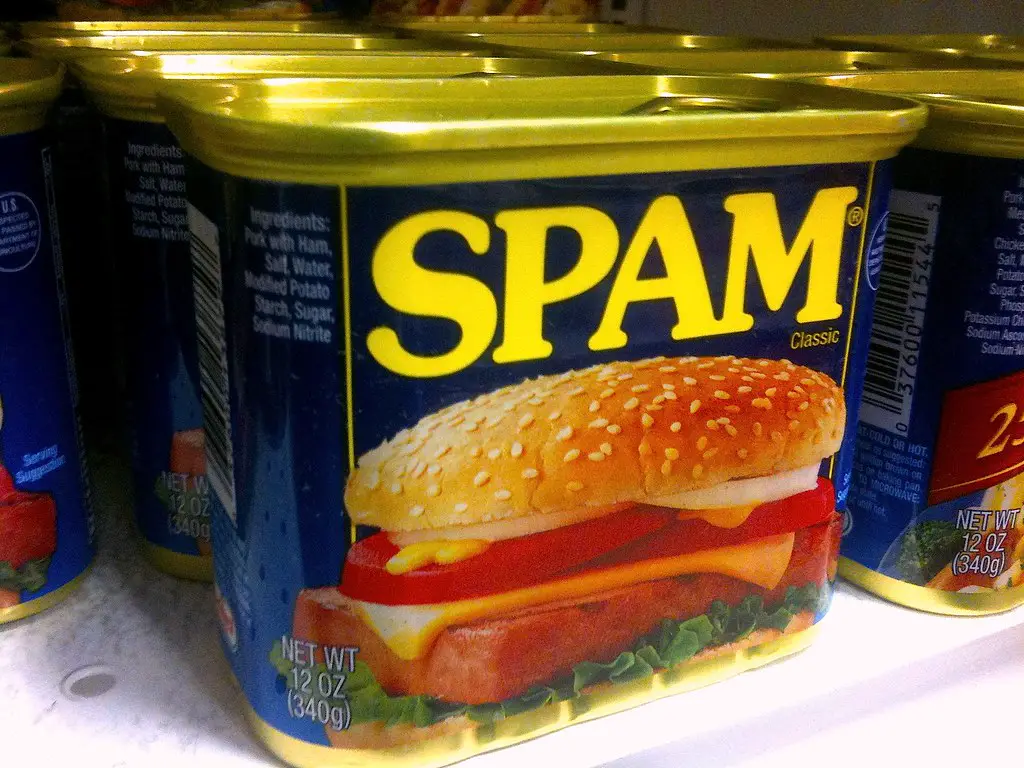
Meat prices have soared due to rising feed costs and processing plant shortages. Canned and dried meat products, such as tuna, chicken, and jerky, provide a protein-packed solution for long-term storage. Many consumers overlook these options until fresh meat becomes too expensive. Stocking up now ensures you have a backup protein source when prices spike.
Beyond cost concerns, meat supply chains are vulnerable to disease outbreaks and transportation issues. This makes preserved meats a smart choice for emergency food supplies. Since canned and dried meats have a long shelf life, they remain a practical investment. Keeping these in your pantry ensures you always have access to a filling, protein-rich option.
9. Peanut Butter and Nut Butters
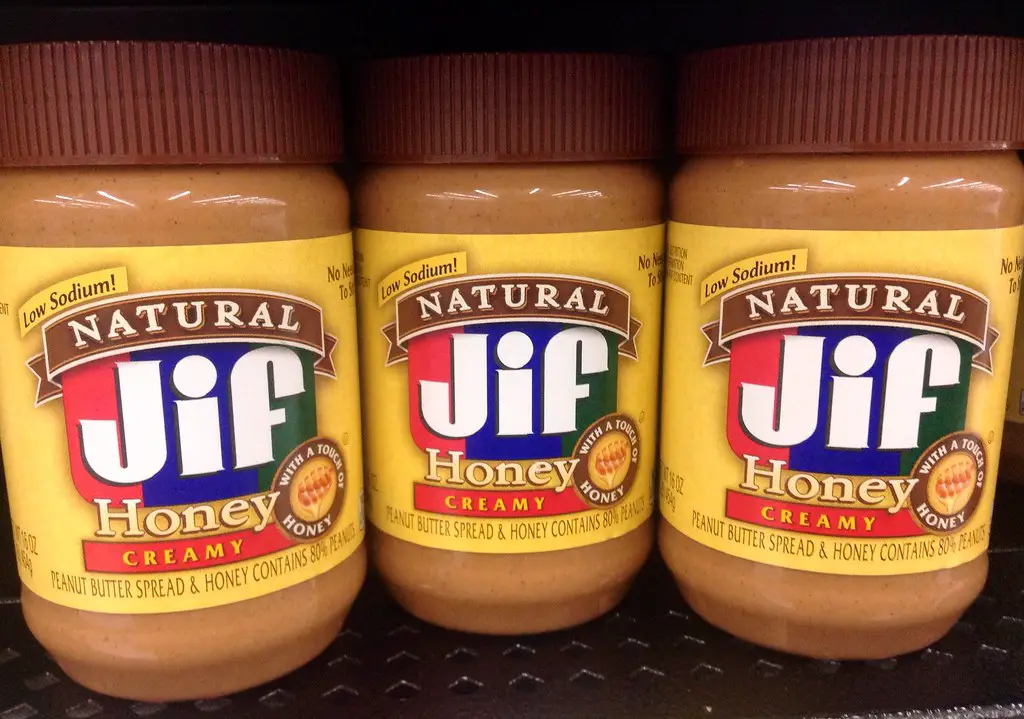
Peanut butter and other nut butters are excellent sources of protein and healthy fats, making them a valuable pantry staple. However, peanut crops have been affected by extreme weather, causing price hikes in recent years. Almond and cashew butters are even more vulnerable to supply chain issues since they rely on water-intensive crops grown in drought-prone regions. Stocking up now ensures you have a shelf-stable, nutritious spread for years to come.
In addition to crop challenges, increased demand for plant-based protein options has driven up nut butter prices. Some brands have even reduced jar sizes while keeping prices the same, making bulk purchases a smart move. Nut butters have a long shelf life, especially when stored in a cool, dark place. Keeping extra jars on hand prevents you from overpaying when shortages hit.
10. Honey and Maple Syrup
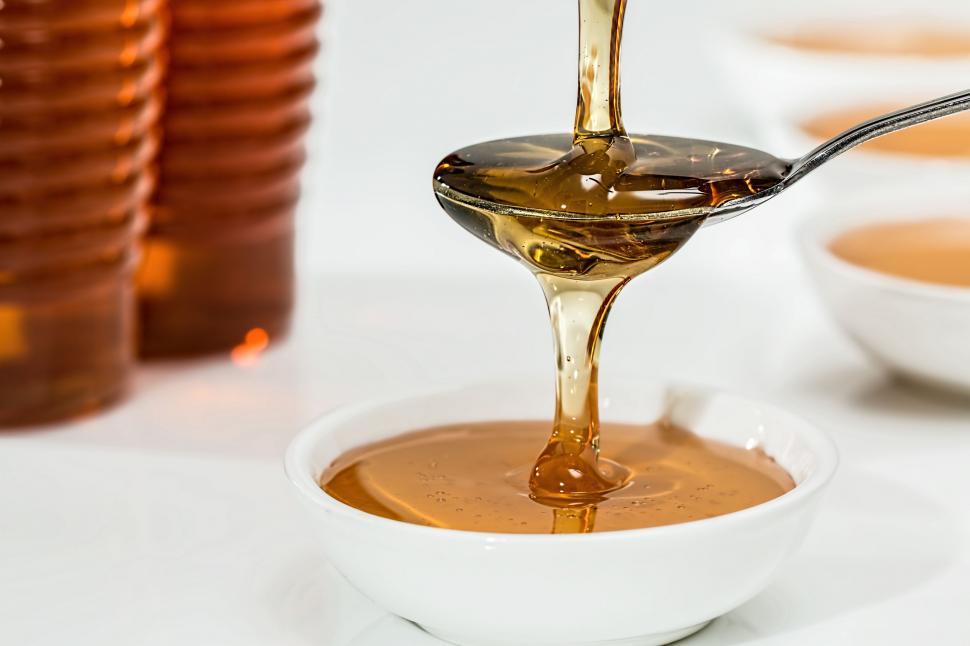
Natural sweeteners like honey and maple syrup are becoming more expensive due to declining bee populations and unpredictable weather patterns. Since honey has an indefinite shelf life and maple syrup can last for years when stored properly, they’re excellent long-term pantry staples. These natural alternatives are healthier than processed sugars and can be used for baking, cooking, or sweetening beverages. Stocking up now ensures you always have access to these valuable sweeteners.
Beyond environmental challenges, rising demand for organic and raw honey has pushed prices higher. Maple syrup production depends on stable seasonal temperatures, making it vulnerable to climate change. Many consumers don’t realize how much these prices fluctuate until they suddenly see a jump at the grocery store. Buying extra now means you won’t have to worry about inflated costs later.
11. Spices and Seasonings
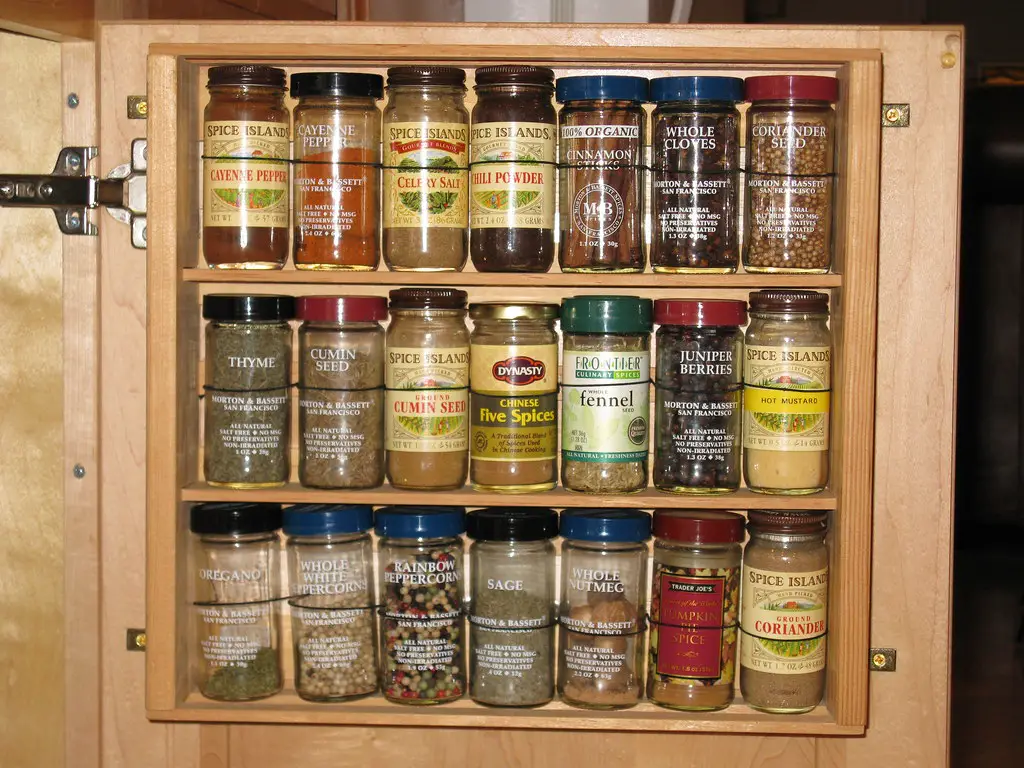
Spices and seasonings may seem like small pantry items, but they can make a huge difference in cooking. Climate changes and trade restrictions have already led to shortages of popular spices like vanilla, cinnamon, and black pepper. Since spices are lightweight and easy to store, they’re one of the best items to stockpile. Buying in bulk now ensures you’ll have flavorful meals, even if certain seasonings become scarce or expensive.
Vanilla, for example, has seen drastic price increases due to poor harvests in Madagascar, where most of the world’s supply is grown. Black pepper and cumin have also been impacted by disrupted supply chains. The cost of saffron, the world’s most expensive spice, continues to climb, making it a luxury item for many households. A well-stocked spice cabinet ensures you can enjoy delicious home-cooked meals without breaking the bank.
